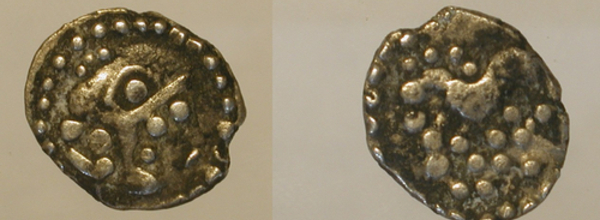Die Inschriften von Metropolis werden derzeit sukzessive veröffentlicht. Der komplette Datenbestand ist momentan nur ausgewählten Nutzern zugänglich.
Benutzerhinweise:
Oben rechts auf dieser Seite finden Sie die Schaltflächen "Navigate" und "Find", mit denen Sie die bisher eingestellten Inschriften, Orte, Fundstellen und Gottheiten auflisten und durchsuchen können. Für eine numerisch sortierte Auflistung aller inschriften, wählen Sie "Navigate", dann "Inschrift". Wenn Sie nach bestimmten Kategorien, wie beispielsweise "Fundstelle" oder "Titel", suchen möchten, wählen Sie "Find", dann "Inschrift". Nun können Sie eine differenzierte Suchanfrage stellen.
Um alle Inschriften aus Metropolis oder Magnesia angezeigt zu bekommen, können Sie auch auf den jeweiligen link oben klicken. Sie werden dann zu dem jeweiligen Ortseintrag weitergeleitet, mit dem alle zugehörigen Inschriften verknüpft sind.
Bitte beachten Sie, dass sich diese Datenbank derzeit im Aufbau befindet und einige Funktionen deshalb noch nicht einwandfrei funktionieren können. Für Anregungen und Verbesserungsvorschläge sind wir dankbar.
This database is currently under development, and accessible only to specially selected persons, for demonstration purposes.
Instructions:
On the top right corner of this page, you can find the buttons "Navigate" and "Find", which can be used to browse all inscriptions, places, find spots and gods already added to the database. Choose "Navigate", then "Inschrift", to list all inscriptions in numerical order. If you would like to search for specific categories, such as "find spot" and "title", choose "Find", then "Inschrift". You can then ask a sophisticated query.
You can also click on the links above to view all inscriptions of Metropolis or Magnesia. You will then be redirected to the respective place entry with all the associated inscriptions.
Please keep in mind that this database is currently under development, which means that some features might not operate correctly. If you have any suggestions regarding the improvement of this database, feel free to contact us.














































